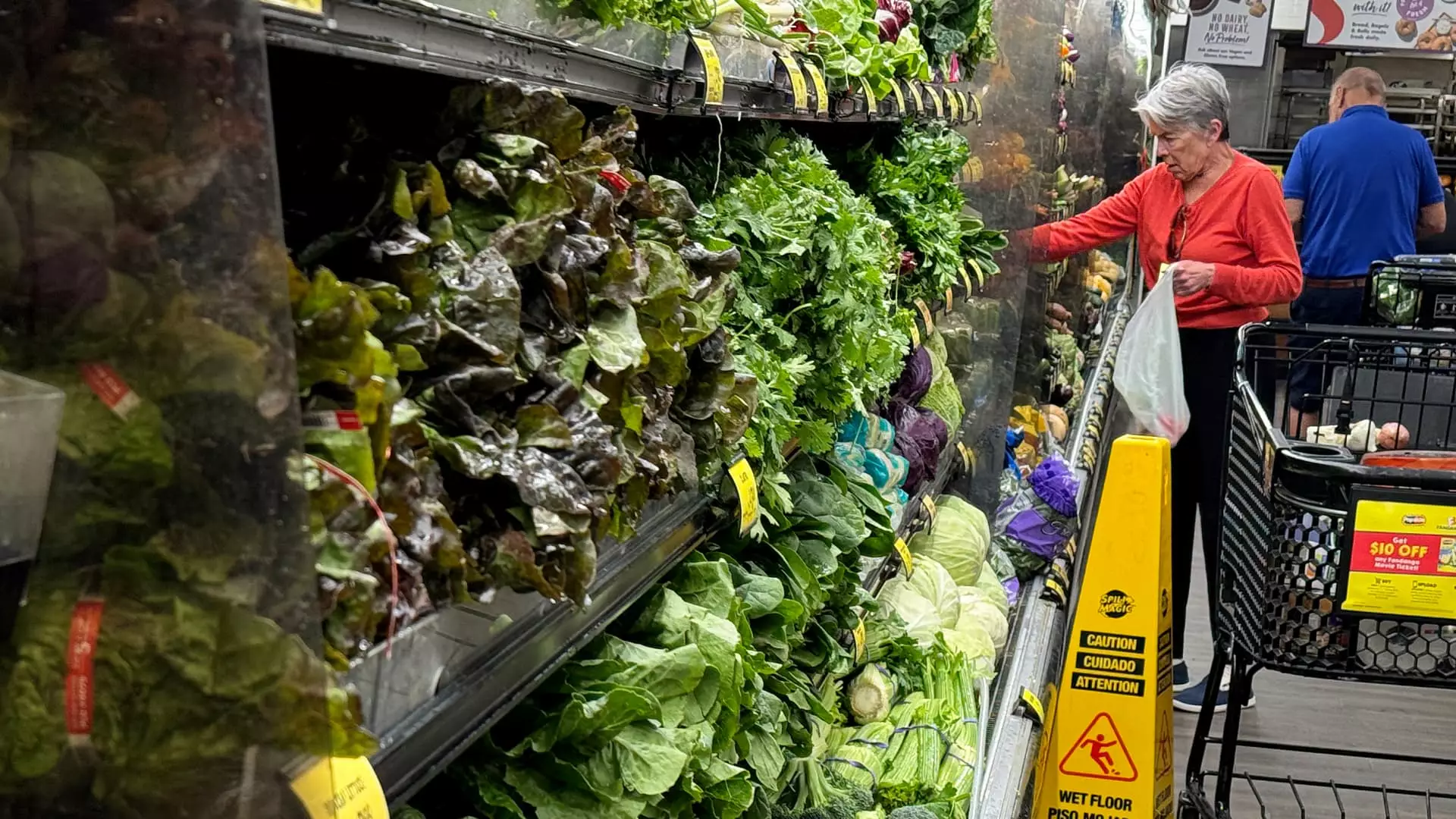The latest data from the U.S. Department of Labor indicates a positive trend in inflation rates, with the consumer price index rising by 2.9% in July compared to the previous year. This represents a decrease from the 3% recorded in June and marks the lowest reading since March 2021. The consumer price index tracks changes in prices across various sectors of the economy, ranging from groceries to housing costs.
Impact on Consumer Staples
One of the key factors contributing to the decrease in inflation is the moderation of price increases for consumer staples like food and energy. Groceries, in particular, have seen slow inflation growth, providing relief for lower-income consumers who are most affected by rising prices. Additionally, other essential items such as gasoline and market rents have also shown signs of stabilizing, which is positive news for consumers.
The Federal Reserve closely monitors inflation data to inform its decisions on interest rates. With inflation easing and labor market conditions cooling, there is speculation that the Fed may reduce interest rates at its next policy meeting in September. Lower interest rates could help stimulate economic activity by lowering borrowing costs for consumers and businesses.
Challenges in the Housing Sector
Despite overall improvements in inflation rates, the housing sector remains a major factor keeping inflation levels above the Fed’s target. Shelter costs, which make up a significant portion of the consumer price index, have continued to rise. This has a significant impact on inflation readings, as shelter inflation accounts for more than 70% of the annual increase in the core CPI.
Inflation in Specific Categories
Certain product categories have experienced notable increases in prices over the past year. Motor vehicle insurance, medical care, personal care, and recreation have all seen price hikes, with some categories showing double-digit inflation rates. Factors such as rising car prices and fluctuations in food prices have contributed to inflation in specific sectors.
Price Trends in Food and Goods
The outbreak of bird flu and subsequent rise in egg prices, as well as fluctuations in categories like bacon and crackers, have impacted food inflation. However, overall grocery inflation has decreased from the highs seen in 2022. On the other hand, inflation for physical goods spiked during the pandemic but has since stabilized. The reopening of the economy has led to a normalization of goods inflation.
Looking ahead, economists expect inflation trends to continue to evolve based on factors such as labor market dynamics, interest rate policies, and supply chain disruptions. While inflation rates have shown signs of improvement, there are still challenges that need to be addressed to ensure long-term economic stability.
Overall, the current state of inflation in the US economy reflects a mix of positive developments and lingering challenges. By closely monitoring key indicators and implementing appropriate policy measures, policymakers can help navigate the economy through the complexities of inflation dynamics.

